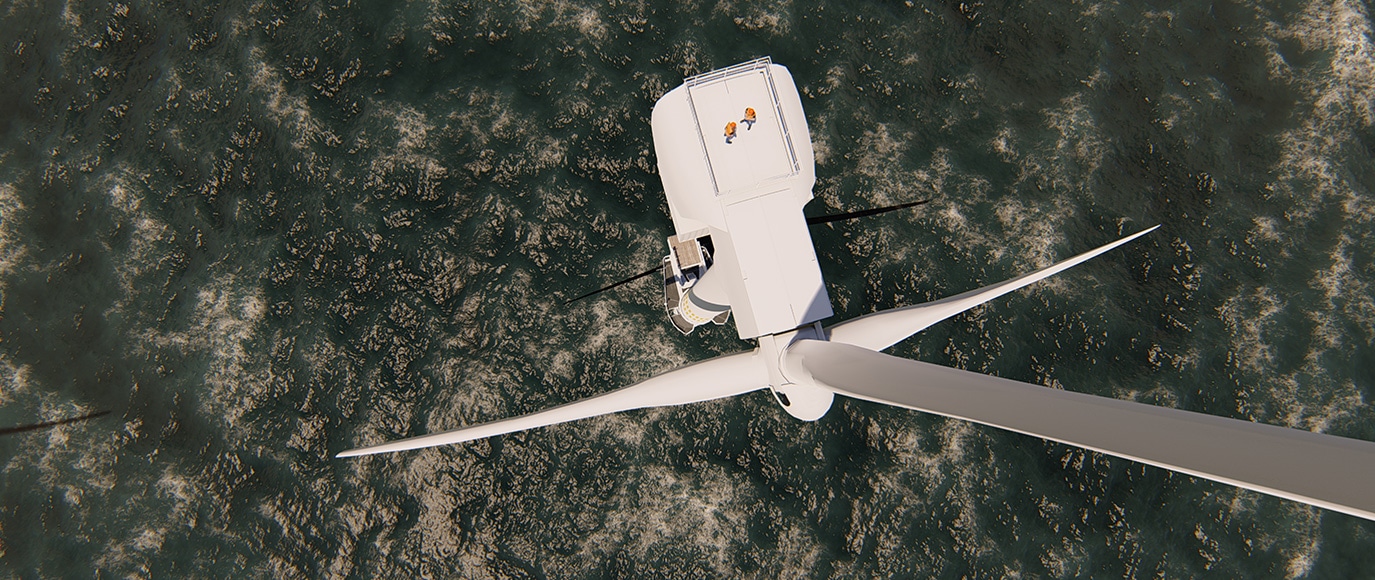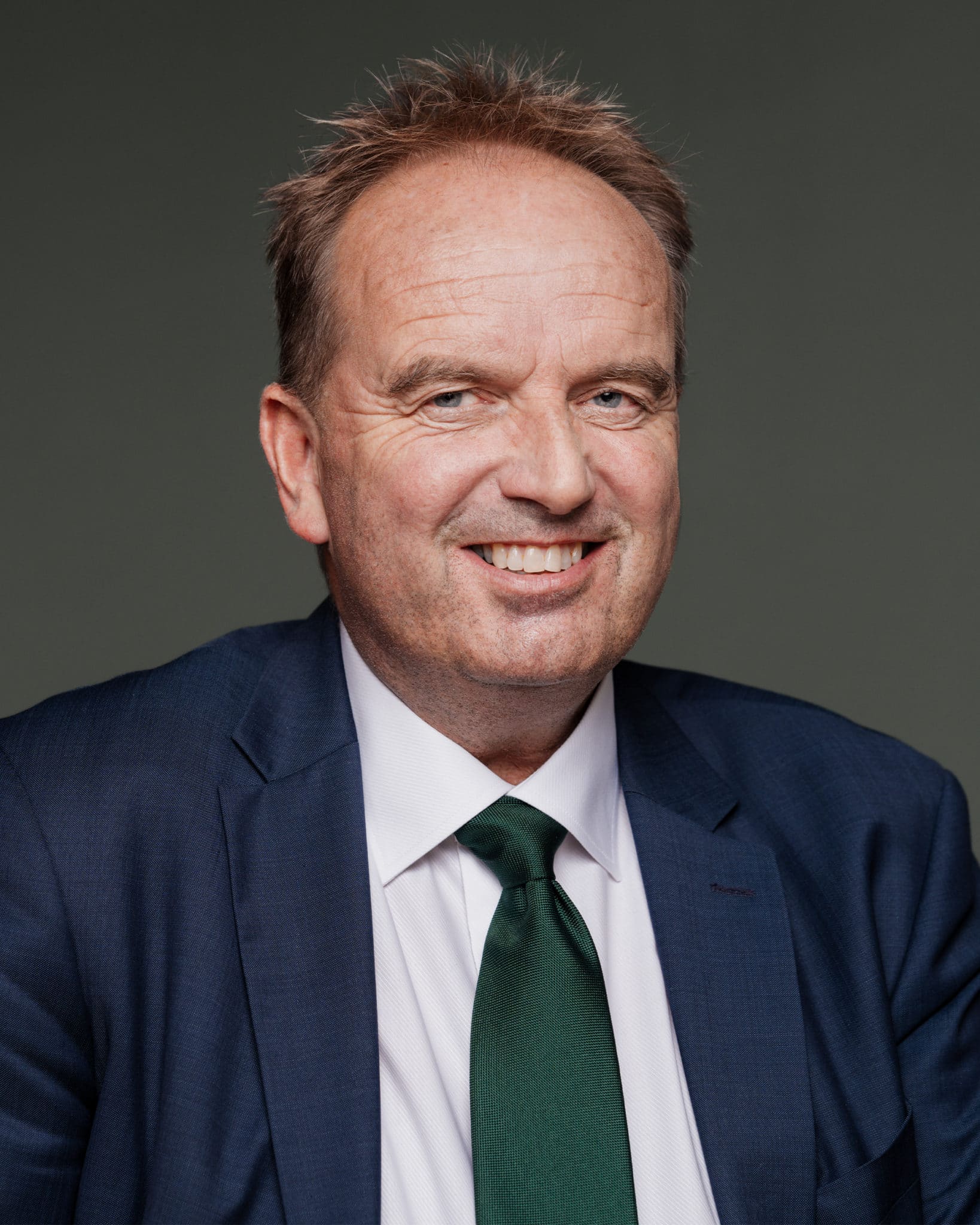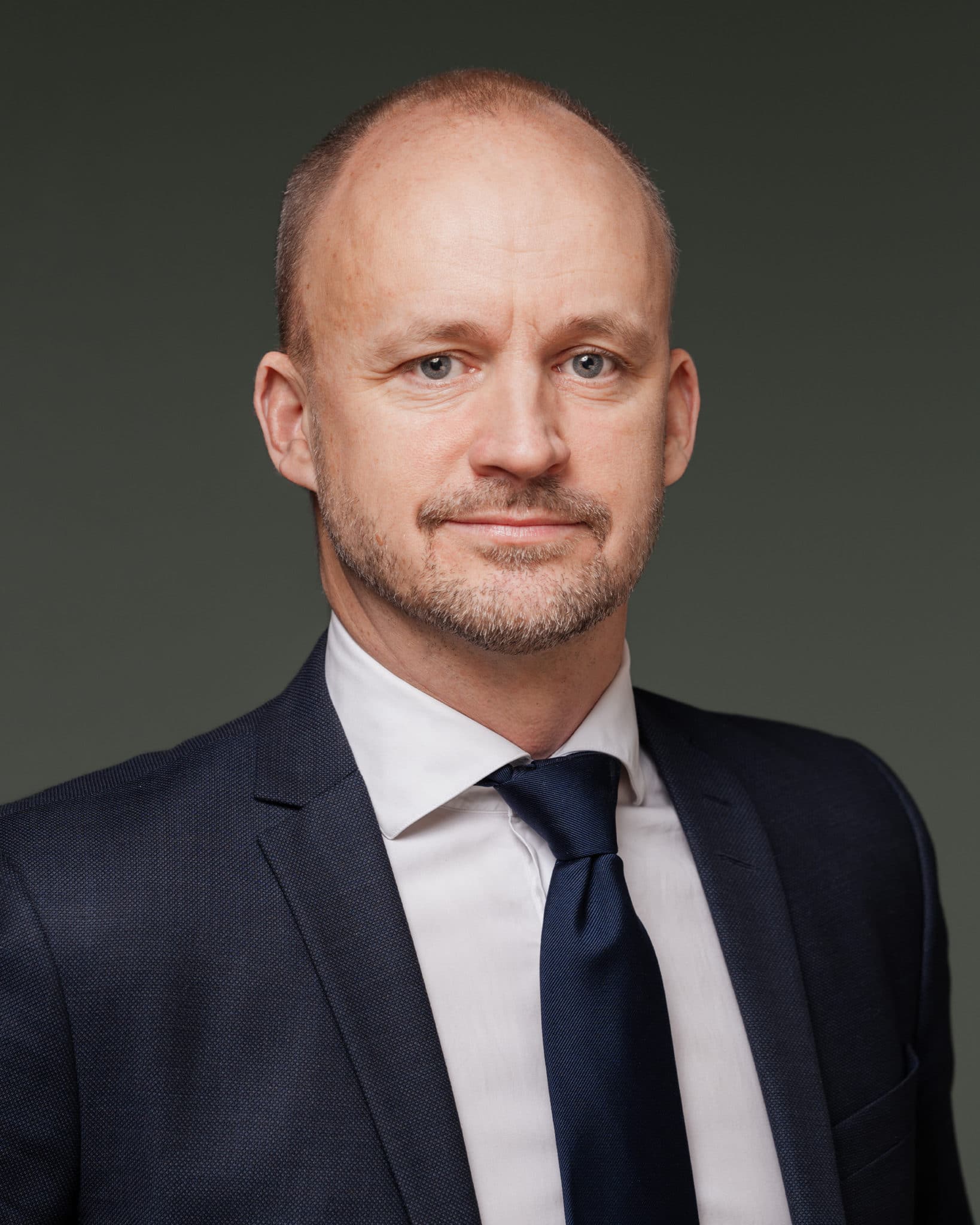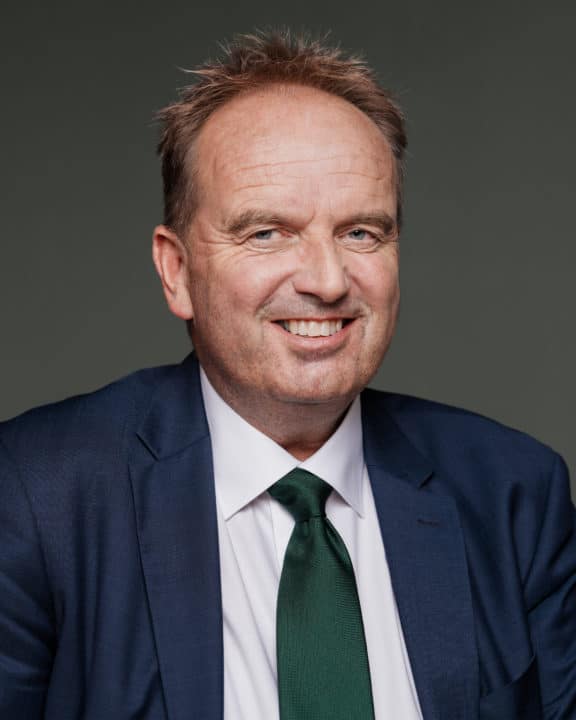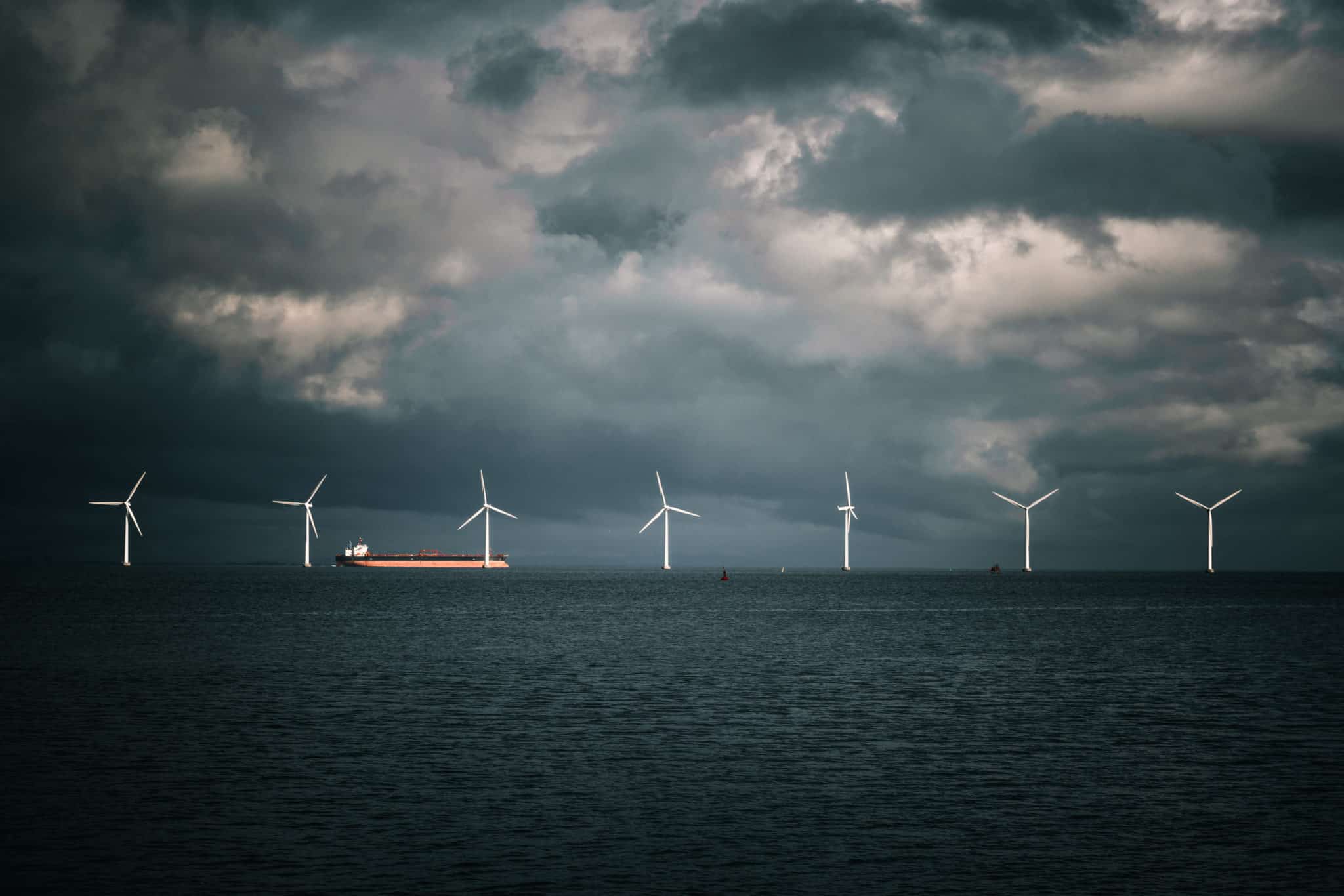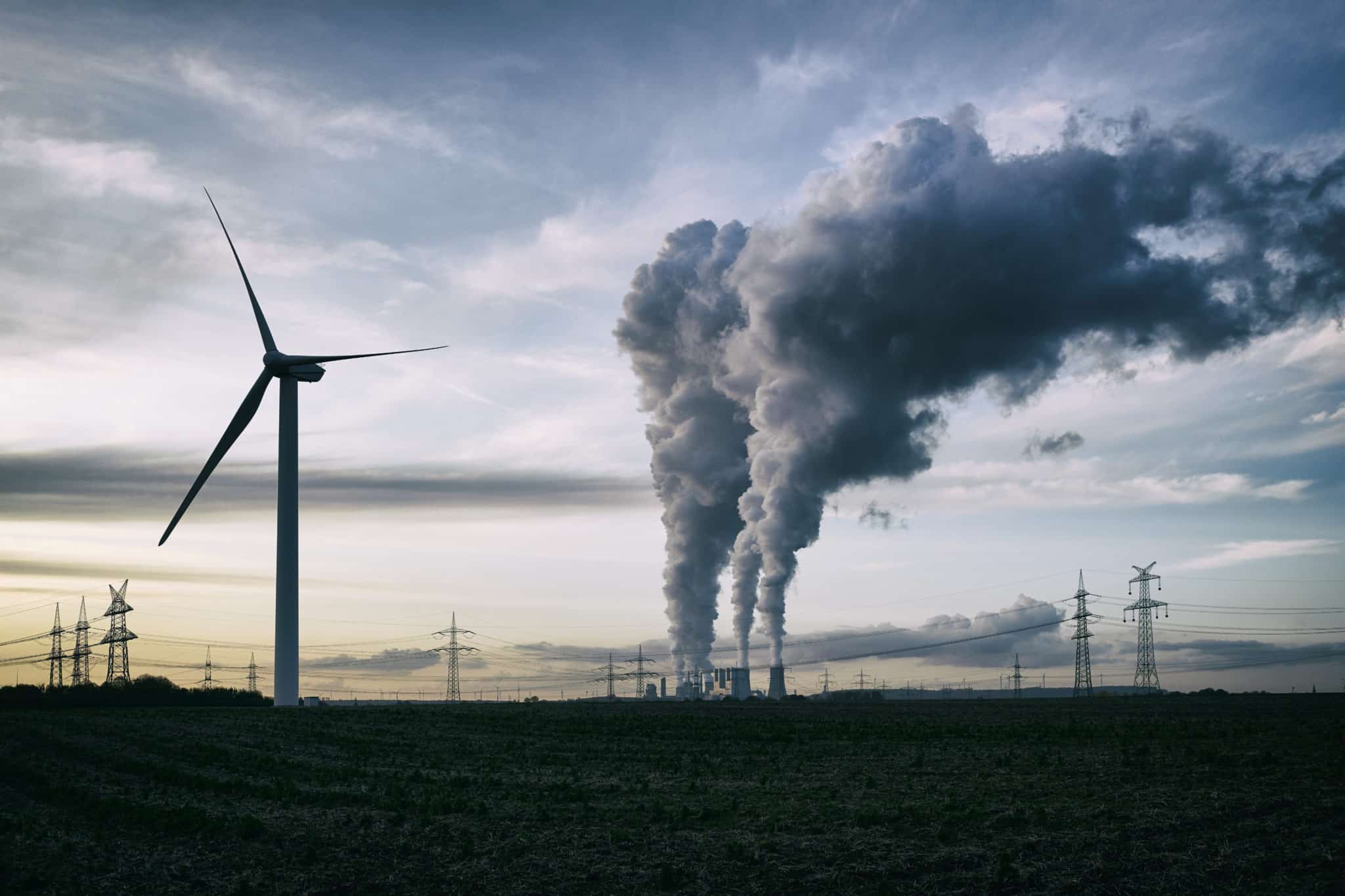Dividing Sørlige Nordsjø II and Utsira Nord into project areas
In 2020 the Norwegian government opened the two areas Utsira Nord (up to 1500 MW) and Sørlige Nordsjø II (up to 3000 MW) for development of offshore wind in Norway. Yesterday, the Ministry of Petroleum and Energy (MPE) went further in their development process and published a public hearing to divide Utsira Nord and Sørlige Nordsjø II into smaller project areas.
The proposal for Utsira Nord consists of two alternative layouts: In the first alternative, Utsira Nord is divided into four project areas with two project areas of 500 MW each and two project areas of 250 MW each. In the second alternative, Utsira Nord is divided into three project areas with two project areas of 600 MW each and one project area of 300 MW.
Moreover, it proposed that Sørlige Nordsjø II is divided into three project areas, whereof only two of the project areas are suggested to be opened in this round.
The public hearing for the proposed project areas in Sørlige Nordsjø II and Utsira Nord will be concluded by the end of April 2022.
Assessment of various grid solutions for offshore wind power
The development Sørlige Nordsjø II will be divided into two phases. The first phase of 1500 MW will be connected to the Norwegian onshore grid by radials, meaning that there will be no hybrid interconnections in this phase.
The Government will decide on interconnections for the second phase, which will also be of 1500 MW, after an assessment of various grid solution for offshore wind power and what effects they will have on the power system. The Norwegian Water Resources and Energy Directorate (NVE) will carry out a study in collaboration with Statnett, the Norwegian TSO, which shall be completed by the autumn of 2022.
The use of hybrid interconnectors, i.e. interconnectors that can also be used for transfer of electricity to and from other countries, is politically controversial and the impact of hybrid interconnectors will likely be one of the main focuses of the study. Numerous offshore wind developers have stated that hybrid interconnectors are necessary to make offshore wind projects profitable.
Auction will be the main model
The licensing process for offshore wind in the North Sea will be based on an auction-model, and the Government is now in the process of developing an auction model for the first phase of the Sørlige Nordsjø II.
The Government will move forward with the regulatory changes on the auction solution and the area allocation process from the summer of 2021, and is expected to submit a proposal for amendments to the Offshore Energy Act during the spring.
New areas for offshore wind
The long-term investment in offshore wind in Norway depends on the opening of more areas to develop offshore wind project. The Ministry of Petroleum and Energy therefore asked NVE to identify new areas for renewable energy production at sea, and to draft an impact assessment program. NVE shall involve relevant directorates in the work and shall propose an area that facilitates good coexistence and interaction with other industries, and which at the same time takes care of important environmental values and prospects for profitable development. Consideration must also be given to where increased power demand, grid capacity and the need for any measures in the grid on land are expected. The assignment shall be completed by 30 April 2023.
